Rising Demand for Convenience
The ghost kitchen market experiences a notable surge in demand for convenience-driven dining options. As consumers increasingly prioritize time efficiency, the appeal of food delivery services has grown. In 2025, approximately 60% of consumers in the US express a preference for ordering food online rather than dining out. This shift in consumer behavior indicates a significant opportunity for ghost kitchens to cater to the evolving needs of busy individuals and families. The ghost kitchen market is well-positioned to capitalize on this trend, offering streamlined operations that focus on quick meal preparation and delivery. Furthermore, the convenience factor is likely to drive revenue growth, as more consumers opt for the ease of ordering from ghost kitchens, which can operate with lower overhead costs compared to traditional restaurants.
Expansion of Delivery Platforms
The proliferation of food delivery platforms has a profound impact on the ghost kitchen market. In 2025, the US market sees a substantial increase in partnerships between ghost kitchens and delivery services, with over 70% of ghost kitchens utilizing platforms like Uber Eats and DoorDash. This collaboration enhances visibility and accessibility for ghost kitchens, allowing them to reach a broader customer base. The ghost kitchen market benefits from this trend, as delivery platforms provide a ready-made infrastructure for order fulfillment. Additionally, the integration of advanced analytics by these platforms enables ghost kitchens to optimize their menus and pricing strategies based on consumer preferences, further driving sales and market penetration.
Cost Efficiency and Lower Overheads
Cost efficiency remains a critical driver for the ghost kitchen market. By eliminating the need for a traditional dining space, ghost kitchens can significantly reduce operational costs. In 2025, it is estimated that ghost kitchens operate with up to 30% lower overhead costs compared to conventional restaurants. This financial advantage allows operators to invest in quality ingredients and innovative marketing strategies. The ghost kitchen market thrives on this model, as it enables entrepreneurs to enter the food service sector with lower financial barriers. Moreover, the ability to adapt quickly to changing consumer preferences without the constraints of a physical location enhances the agility of ghost kitchens, making them a compelling option for aspiring restaurateurs.
Consumer Preference for Diverse Menus
The ghost kitchen market is increasingly influenced by consumer preferences for diverse and unique culinary offerings. In 2025, surveys indicate that 65% of consumers in the US are eager to explore new cuisines and flavors, which ghost kitchens can readily provide. This flexibility allows ghost kitchens to experiment with various menu items without the limitations of a traditional restaurant setting. The ghost kitchen market capitalizes on this trend by enabling operators to test new concepts and adapt quickly to consumer feedback. As a result, ghost kitchens can cater to niche markets and dietary preferences, such as vegan or gluten-free options, thereby attracting a wider audience and enhancing customer loyalty.
Technological Advancements in Operations
Technological advancements play a pivotal role in shaping the ghost kitchen market. In 2025, the integration of automation and artificial intelligence in kitchen operations is becoming increasingly prevalent. Ghost kitchens are adopting smart kitchen technologies that streamline food preparation and enhance efficiency. For instance, the use of AI-driven inventory management systems can reduce food waste by up to 25%, optimizing resource allocation. The ghost kitchen market benefits from these innovations, as they not only improve operational efficiency but also enhance the overall customer experience. Furthermore, the implementation of data analytics allows ghost kitchens to gain insights into consumer behavior, enabling them to tailor their offerings and marketing strategies effectively.


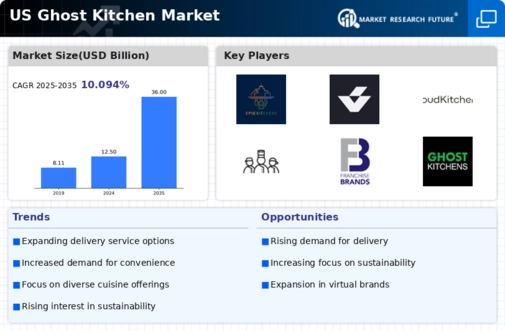
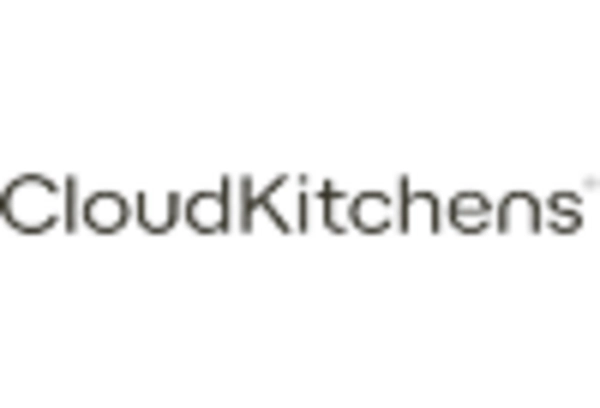
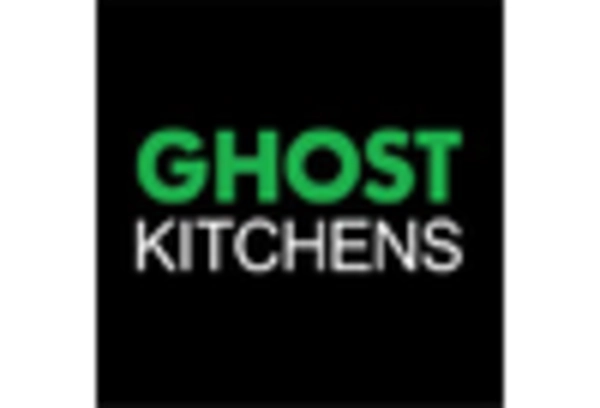
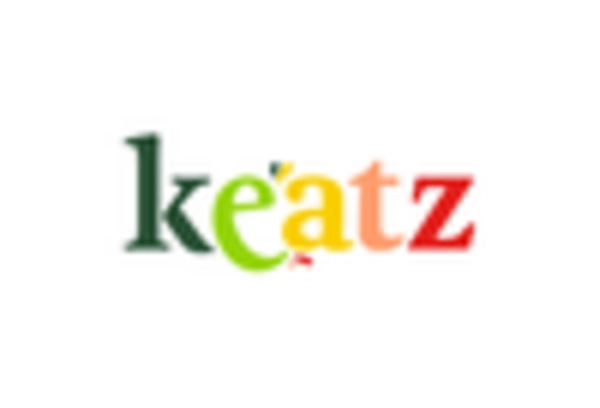

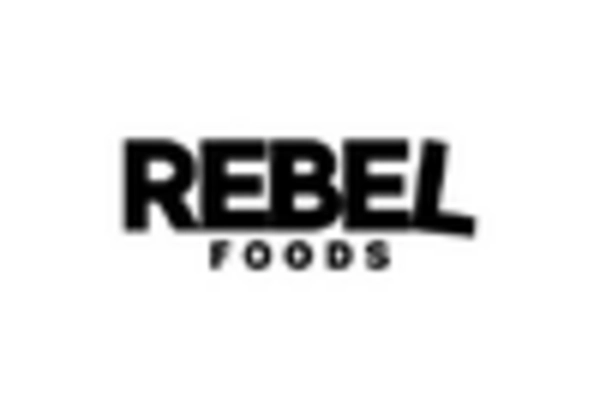









Leave a Comment